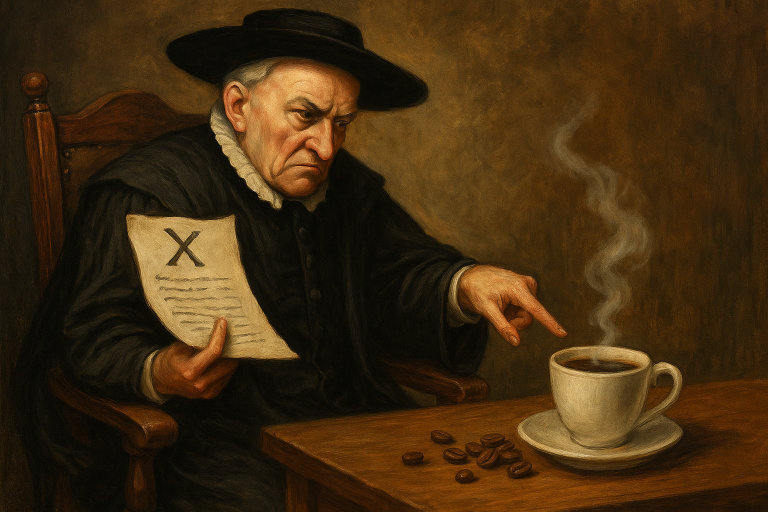
Coffee has never been just a drink—it’s a symbol, a scene-setter, and an inspiration across centuries of literature and art. Whether depicted in a quiet café painting or mentioned in a revolutionary novel, coffee has served as a metaphor for intellect, intimacy, rebellion, and routine.
In this article, we’ll explore how coffee has been portrayed in literary works, visual art, and cultural movements, showing how this simple beverage became a profound creative symbol throughout history.
From the 17th century onward, coffeehouses became essential gathering places for writers, artists, philosophers, and revolutionaries. These spaces were more than shops—they were laboratories of thought and muses for imagination.
In London, figures like Samuel Johnson, Jonathan Swift, and Alexander Pope were regulars at coffeehouses. They discussed literature, critiqued politics, and collaborated on works that shaped English language and satire.
In Paris, cafés like Café de Flore and Les Deux Magots became intellectual landmarks, frequented by Jean-Paul Sartre, Simone de Beauvoir, and Albert Camus—who all used cafés both as creative spaces and themes in their work.
Writers have long used coffee not only as part of their writing routine but as a symbol of modern consciousness, clarity, and introspection.
Some notable literary references:
Coffee often appears in literature as:
Coffee’s visual symbolism is especially prominent in 19th and 20th-century painting, where it often appears in café scenes that reflect the changing tempo of modern life.
Édouard Manet and Henri de Toulouse-Lautrec painted café-goers in moments of introspection or pleasure, capturing the emotional stillness within the chaos of city life.
Vincent van Gogh, in his piece The Night Café, used bold colors and distorted perspective to suggest the psychological weight of late-night solitude—under dim café lighting, surrounded by coffee and wine.
In Impressionism and Post-Impressionism, cafés served as metaphors for social connection, alienation, or bohemian defiance.
In the 20th and 21st centuries, coffee began to appear more frequently in photography and advertising as a cultural signifier:
Coffee continues to appear as a visual anchor for comfort, style, and personal identity.
Throughout art and literature, coffee has taken on rich metaphorical meaning:
These layers of symbolism make coffee a powerful literary and artistic device.
Today, many writers and artists still rely on cafés as their creative sanctuaries:
The café, with its ambient buzz and ever-ready espresso machine, remains a creative refuge.
Cafés and coffee scenes are also central to cinematic storytelling:
The image of someone writing, sketching, or philosophizing over a steaming cup is now iconic, embedded in our cultural imagination.
In the age of Instagram and Pinterest, coffee has taken on aesthetic value—in latte art, moody lighting, and café minimalism.
Coffee is no longer just part of the creative process; it’s curated and stylized, becoming part of the artistic identity of the consumer themselves.
A well-composed photo of coffee is now a form of self-expression—an art piece in its own right.
From Paris to Brooklyn, from verse to canvas, coffee has inspired and accompanied creators for centuries. It is a symbol of life’s dualities:
In every page turned, painting hung, or poem whispered, coffee lingers—not just as a drink, but as a creative force.

Gabriel Rodrigues é especialista em finanças pessoais e escritor, com ampla experiência em economia, planejamento financeiro e gestão de recursos. Apaixonado por ajudar as pessoas a alcançarem sua saúde financeira, ele explora temas variados, desde investimentos até estratégias de poupança. Quando não está escrevendo, você pode encontrá-lo estudando novas tendências financeiras e oferecendo consultoria para quem busca melhorar sua relação com o dinheiro.